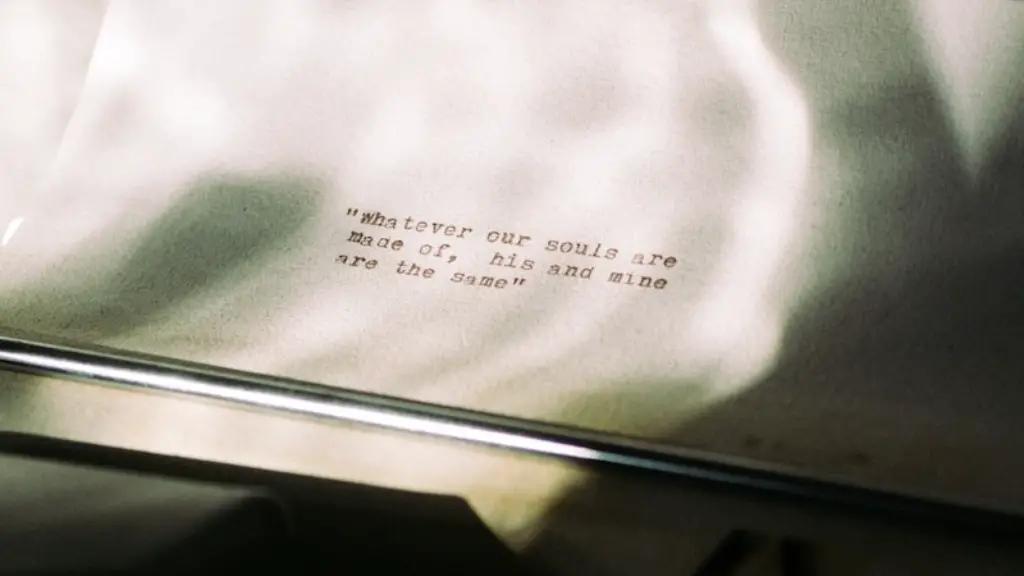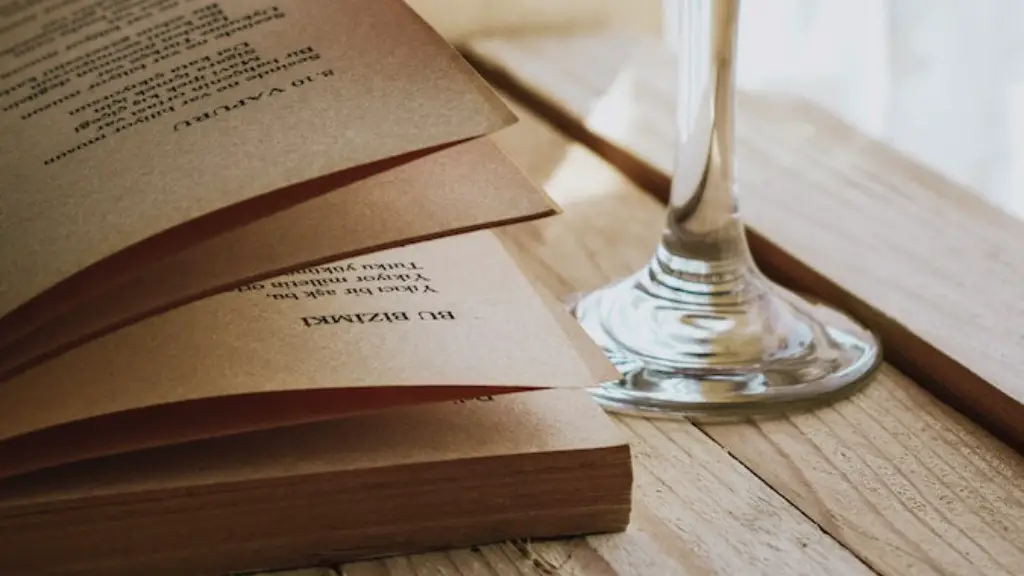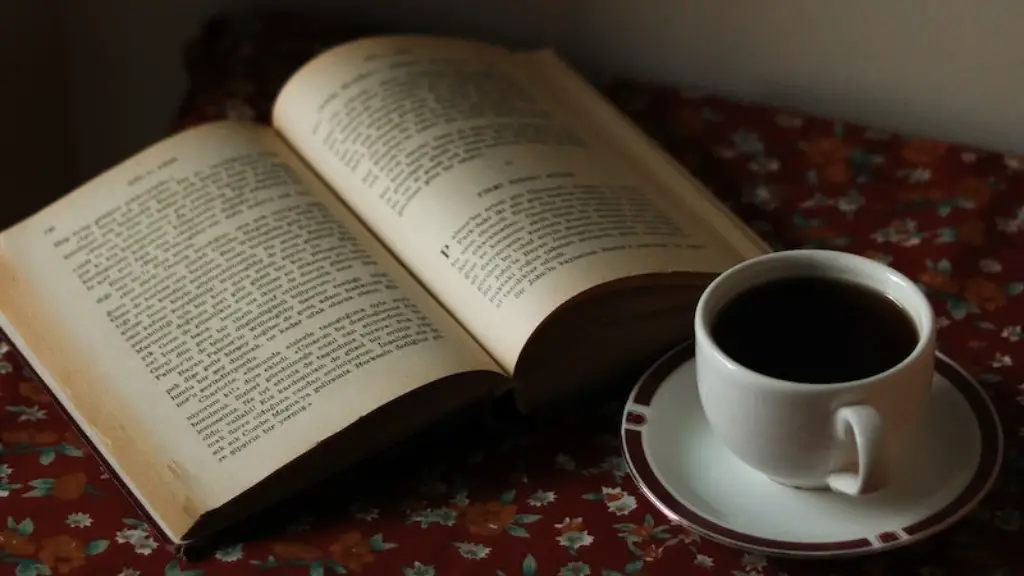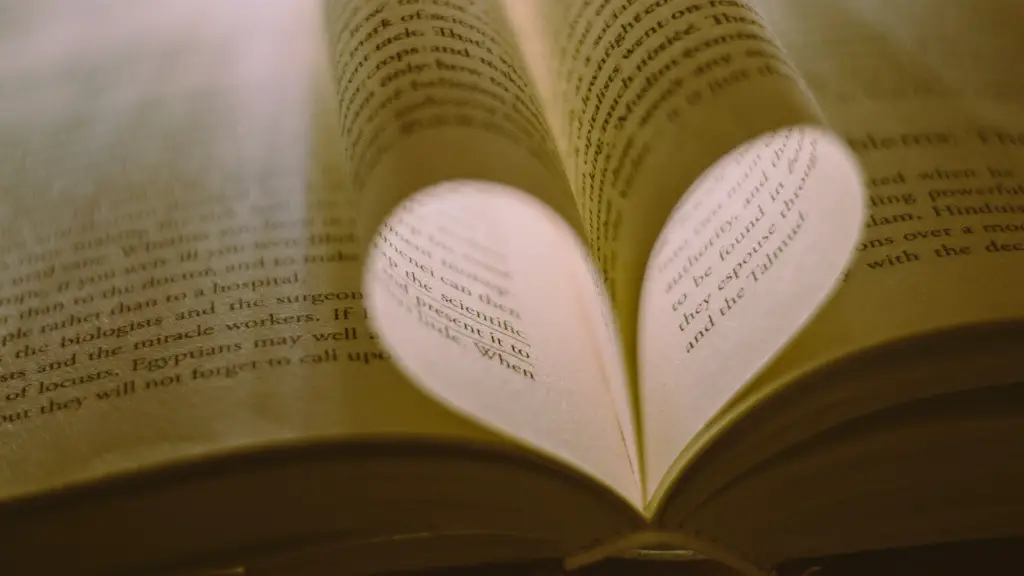Understanding Poetry
Poets have been recording the human experience for centuries, offering us much to contemplate and learn. In many ways, poetry is an irreplaceable artistic form; it is a vehicle to explore thoughts, feelings, and perspectives that help us create meaning and understanding. Whether you’re reading a classic sonnet or a modern verse of free verse, there are invaluable lessons to be absorbed from the written word.
The process of understanding a poem begins with close reading. A reader must carefully examine the text, thinking about the literary devices used, the meaning of the words, and the context in which these are written. Analyzing a poem can draw out the underlying message, while critically engaging with the text can deepen a reader’s appreciation and reveal details they may have perceived.
The great thing about poetry is it allows readers to interpret and analyze the work from their own points of view. It is open to personal readings and understanding, which resonates with each individual differently based on their own experiences. This process allows for a personal form of self-expression as one tries to find meaning within the text, and this open-ended approach lends itself to empathy and further understanding.
When analyzing a poem, it is important to look at the writer’s motivation. Why did the poet choose the words they did? What are the underlying themes and messages? Exploring the poet’s intentions and inspirations can help a reader gain a better understanding of the poem, as well as appreciate its aesthetic value. Conversely, investigating the social and political context of the poem can help to interpret the text as a reflection of the time.
In addition to learning how to interpret a poem, reading poetry can help foster creativity. Poets often employ techniques such as alliteration, metaphor, and assonance to evoke emotion, or add dramatic flair. By studying these techniques, readers can learn to become creative, expressive writers in their own right, or hone their already existing skills.
By reading poetry, we can gain a greater understanding of ourselves and the world around us. It requires us to think critically, interpret with empathy, and evolve our own interpretations of the work. Through these processes, readers can improve their writing, develop better communication skills, and better engage with the written word.
The Benefits of Studying Poetry
The influence of poetry is far reaching. In recent years, it has become an increasingly popular study for students. Poetry can teach us emotional intelligence, and help us positively channel our emotions through written language. Learning how to write and interpret poetry can also open a person up to different worldviews and help develop empathy.
By engaging with the emotions of a poem, we can use it to explore our own senses of self and reflect on our identity. Examining the work of different poets can provide us with valuable insight into the human condition, offering us different perspectives to consider.
Studying poetry can also improve how we speak and interact with the world. Poets often use the language of the spoken to create a feeling or an atmosphere, and reading and studying poetry can help to replicate that same atmosphere. As such, it can help improve our communication skills and our ability to express ideas and emotions.
Poetry can also be used to educate and inform others about topics, as many poets use their work to draw attention to important issues. From themes of politics to culture, poetry can provide us with knowledge about others and their experiences, as well as our own. In this sense, poetry can be used as a bridge of understanding.
Poetry provides us with many intellectual and emotional benefits. It can increase our knowledge and understanding of different ideologies and help to create meaningful connections. Additionally, it can be a source of relaxation in times of stress, or a reminder of happier days. In short, poetry can be used to make sense of the world and to bring us closer to ourselves and others.
Understanding Metaphors and Similes
One of the most commonly used devices in poetry is metaphor and simile. Metaphors are used to compare two different things that have some similarities. It is typically used as an drawing on a more vivid description. For example, “the night is a blanket” is a metaphor.
Similes are similar to metaphors but instead of directly comparing two things they use “like” or “as” to compare them. This is often a more explicit comparison then a metaphor. For example, “He is strong as an ox” is a simile.
By analyzing metaphors and similes, readers can gain a greater understanding of what the poet is trying to convey. They can help readers visualize the poem, create imagery, and understand the poet’s intent. Metaphors and similes also provide readers with a sense of the poet’s mood and can be used to evoke emotion.
It is important to note that metaphors and similes should not be taken literally. Instead, we should look for a deeper understanding of the poem by looking at what the metaphor or simile is trying to communicate. Exploring the underlying message of metaphors can help readers gain a greater understanding of the poem.
By closely examining metaphors and similes, we can gain a richer understanding of the poem and the poet’s intended message. Not only does this help us interpret the poem better, but it also helps us to appreciate the artistry behind the poem.
Exploring Rhyme and Rhythm
As important to a poem as the words themselves, rhyme and rhythm can add texture and interest to a poem. In traditional poems, the use of a meter or rhyme scheme can give the poem a regularity and structure. This can help create a sense of sound and flow, and also provide hints as to what sentiment the poet is trying to convey.
An appreciation for this type of structure can help readers to take pleasure in a poem’s form. As such, studying the rhythms of a poem can provide insight into the intentions and emotion behind the words. This, in turn, can lead to further understanding of the text.
In modern verse, poets often break away from traditional rhyme and rhythm. The absence of a set form can create a sense of disruption and give rise to more experimental writing. This can also present more unique interpretations as the form of the poem may be different from the message. By analyzing these modern take on poetry, readers can gain a better appreciation for the different ways in which poets can convey their thoughts and ideas.
By engaging with the structure of a poem, readers can gain insight into how the poem is crafted and the poet’s intended message. This can help readers further appreciate a poem’s artistry. In short, exploring the rhyme and rhythm of a poem can be just as influential as interpreting its content.
Exploring Poetry Genres
Poetry comes in many forms, and by exploring the different genres or styles of poems, readers can gain an insight into different styles of composition and writing. Common genres of poetry include sonnets, haikus, and epics. Each of these is defined by distinct structures and themes and have their own unique sets of rules and conventions.
Exploring these genres can provide readers with an appreciation for the craft of poetry. Additionally, it can also offer readers smaller bites of poetry, making them easier for readers to digest and interpret. This can in turn help readers to sharpen their skills of interpretation.
By studying the genres of poetry, readers can also gain an insight into the evolution of the written word. By tracing different forms of poetry through history, readers can explore how different issues and topics have been discussed over time, as well as how their presentation has changed.
Analyzing the different genres of poetry can provide readers with valuable understanding of how the art of writing has evolved. It can also help them appreciate how poets have used different forms to express their thoughts and feelings, and can lend itself to readers discovering their own creative outlets.
The Power of Poetry
Poetry is a powerful tool. Poets can use their work to share their thoughts and feelings, draw attention to important issues, spark debates, and inspire others. Through poetry, authors can give voices to the voiceless and provide insight into hard-to-discuss topics.
It is for these reasons that poetry is so important. By engaging with a poem, readers can use the power of the written word to come to a deeper understanding of their own feelings, as well as understand the feelings and thoughts of another. In this sense, it is a tool of communication, a way to bridge gaps and create connections.
It is therefore essential that readers look at a poem as more than just a composition of words. By exploring a poet’s work, we can come to a better understanding of not just the words in which they write, but also the perspective in which they write them. Poetry can provide us with an understanding of the world and ourselves, and offer us solace, inspiration, and hope.
Ultimately, the beauty of poetry is that it can be interpreted and understood in different ways by each person that reads it. Though poetry is often complex and hard to interpret, by reading and engaging with it, readers can gain an appreciation for its power and influence, and use this understanding to connect with others.





